
Aerion's supersonic plans end with a whimper rather than a boom
May 23, 2021
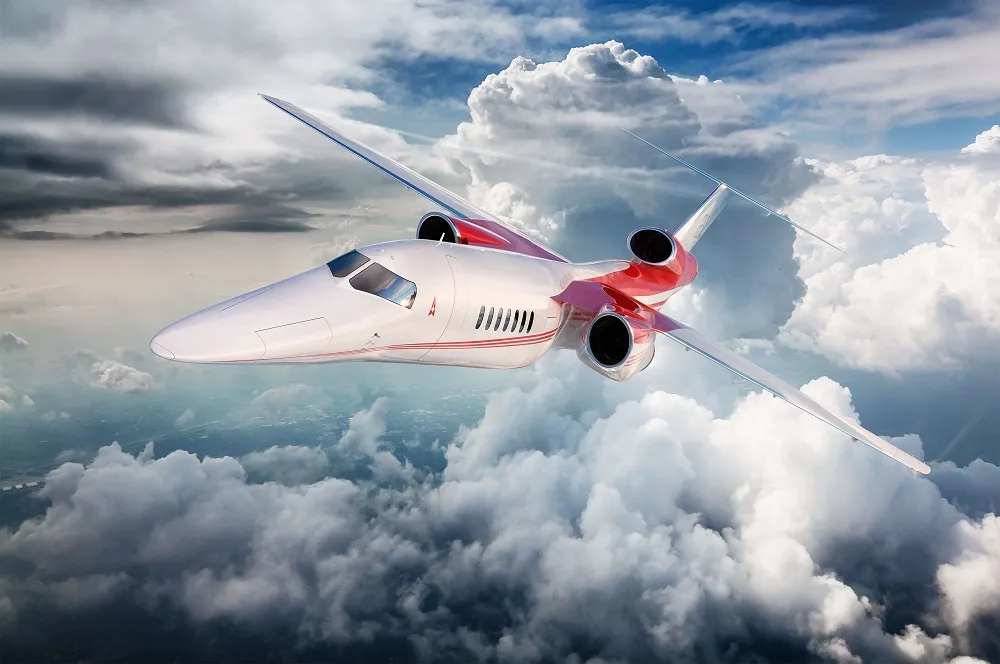
Aerion's ambitious plans for supersonic travel have come to a disappointing halt, marking a significant setback in the quest for faster air travel. Initially hailed as a pioneer in the development of a business jet capable of breaking the sound barrier, the company faced numerous challenges, including funding issues and technological hurdles. Despite high hopes and the promise of revolutionizing the aviation industry, Aerion's vision ultimately fizzled out, leaving industry experts questioning the future of supersonic flight. This outcome underscores the complexity and risks inherent in pushing the boundaries of aerospace innovation.
Aerion's Supersonic Dreams: A Journey Unfulfilled
Aerion Corporation, once a beacon of hope in the aviation industry for its ambitious supersonic aircraft plans, has recently announced the halt of its operations. This decision marks the end of a long journey that promised to bring back supersonic travel to the skies. Aerion's vision was to develop a sustainable supersonic jet that could fly faster than the speed of sound, effectively shrinking travel times across the globe. However, the company’s plans have concluded with more of a whimper than a boom, leaving many to ponder the future of supersonic travel.
The Rise and Fall of Aerion
Aerion was founded in 2002 with the aim of revolutionizing air travel. The company gained significant attention with its Aerion AS2, a supersonic business jet designed to fly at speeds of up to Mach 1.4. This project attracted considerable investment and partnerships, including a notable collaboration with Boeing. Aerion's AS2 was touted to be the world's first commercial supersonic aircraft to achieve FAA certification, emphasizing sustainability with a design focused on minimal environmental impact.
Despite the initial excitement surrounding Aerion's plans and the promise of supersonic travel, the company faced numerous challenges. Regulatory hurdles, technological limitations, and the significant costs associated with developing such advanced aircraft proved to be formidable obstacles. These issues compounded, leading to the eventual decision to cease operations.
Key Challenges Faced by Aerion
| Challenges | Description |
|---|---|
| Regulatory Hurdles | Supersonic flight has been heavily regulated due to noise and environmental concerns. This made certification for commercial use difficult. |
| Technological Limitations | Developing the necessary technology for supersonic travel while adhering to sustainability goals proved to be a significant challenge. |
| Funding Issues | While Aerion initially secured substantial investments, maintaining funding amid increasing operational costs became problematic. |
| Market Viability | The demand for supersonic travel remained uncertain, leading to questions about the long-term viability of the AS2 project. |
The Impact of Aerion's Closure on Supersonic Travel
The cessation of Aerion's operations sends ripples through the aviation industry, raising questions about the future of supersonic travel. Many industry experts believe Aerion's failure signifies the challenges that lie ahead for any company attempting to resurrect supersonic flight. With the dream of faster travel fading, stakeholders are left to consider alternate paths for innovation in aviation.
While Aerion's plans have ended, the interest in supersonic travel remains. Other companies, such as Boom Supersonic, continue to pursue their own supersonic aircraft projects. However, the challenges faced by Aerion serve as a cautionary tale for these companies, highlighting the need for sustainable solutions that address environmental concerns without sacrificing speed.
Lessons Learned from Aerion's Journey
The story of Aerion offers valuable lessons for future endeavors in the aviation industry. Here are some key takeaways:
- Innovation Must Align with Sustainability: As environmental concerns grow, any new technology must prioritize sustainability. Aerion's focus on eco-friendly solutions was commendable but ultimately not enough to overcome the challenges.
- Market Research is Crucial: Understanding the demand and market viability for new technologies is essential. Aerion's struggle to gauge the appetite for supersonic travel led to uncertainty in its business model.
- Regulatory Awareness is Key: Navigating the complex landscape of aviation regulations is crucial for any aviation startup. Early engagement with regulatory bodies could have aided Aerion in addressing potential roadblocks.
- Funding Strategies Must Be Robust: Securing continuous funding in a high-cost industry like aviation is vital. Aerion's inability to maintain financial backing played a significant role in its downfall.
The Future of Supersonic Travel
While Aerion's closure is a setback for supersonic travel, it does not mark the end of the dream. Other players in the industry are still exploring the potential of supersonic flight, albeit with a more cautious approach. Companies like Boom Supersonic are adapting their strategies, focusing on both speed and sustainability to meet the demands of the modern traveler.
For the aviation industry, the dream of supersonic travel continues. As technology evolves and the demand for faster travel persists, the legacy of Aerion serves as a reminder of the challenges and the innovative spirit that drives the quest for faster skies. The hope remains that one day, the roar of a supersonic aircraft will be heard once again, ushering in a new era of air travel.
Related Articles

Explore Thailand: The Best Islands to Visit for Paradise, Adventure, and Relaxation

The Ultimate Guide to the Best Islands in Thailand for Your Next Getaway

Do babies need passports? How to get a passport for a newborn
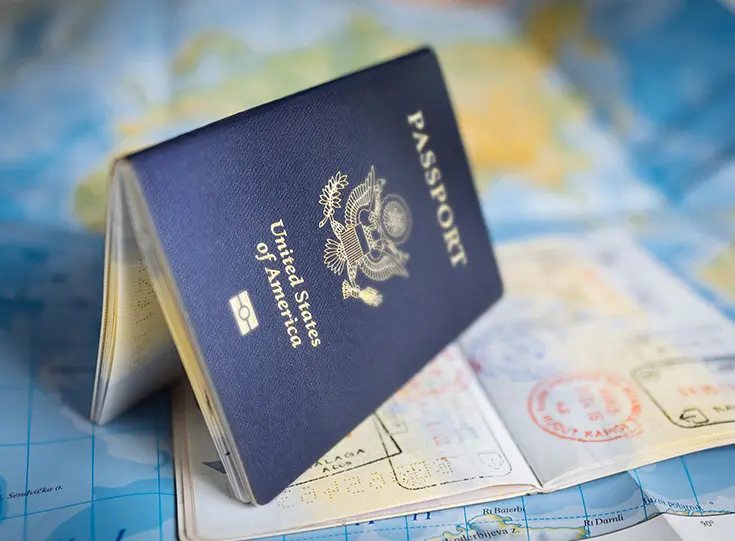
How to get a U.S. passport fast: here’s how to expedite the process
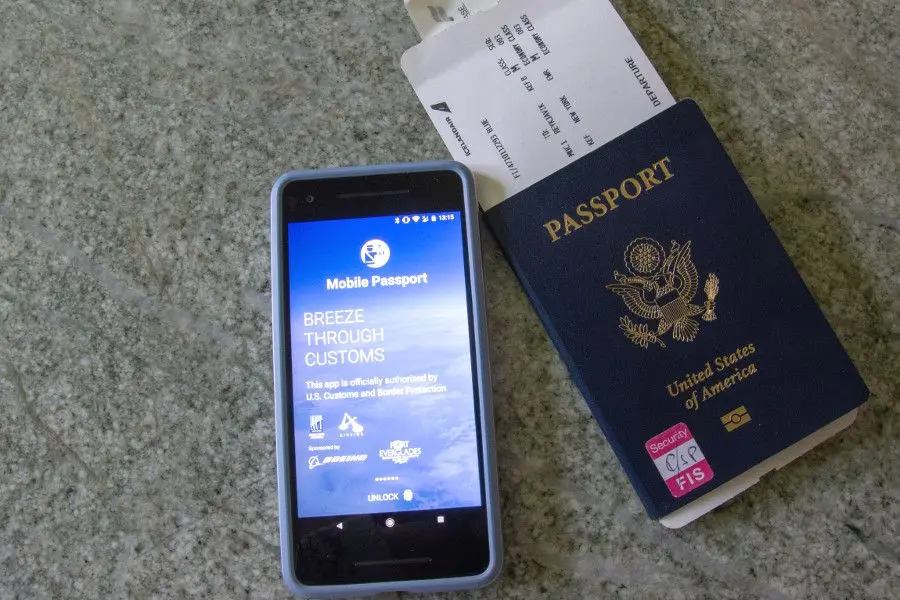
What is Mobile Passport Control: 5 reasons why you should use it
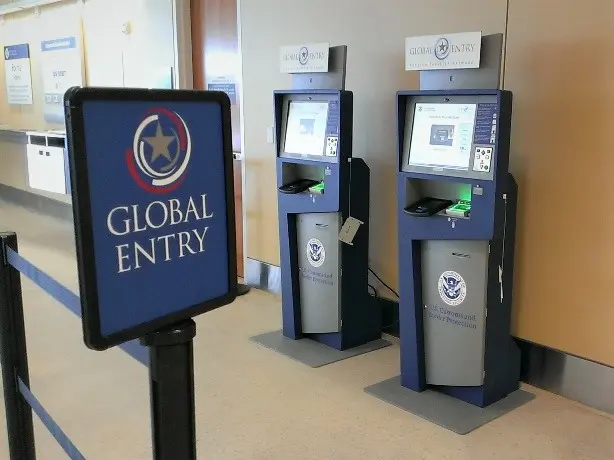
SENTRI vs. Global Entry: A detailed guide
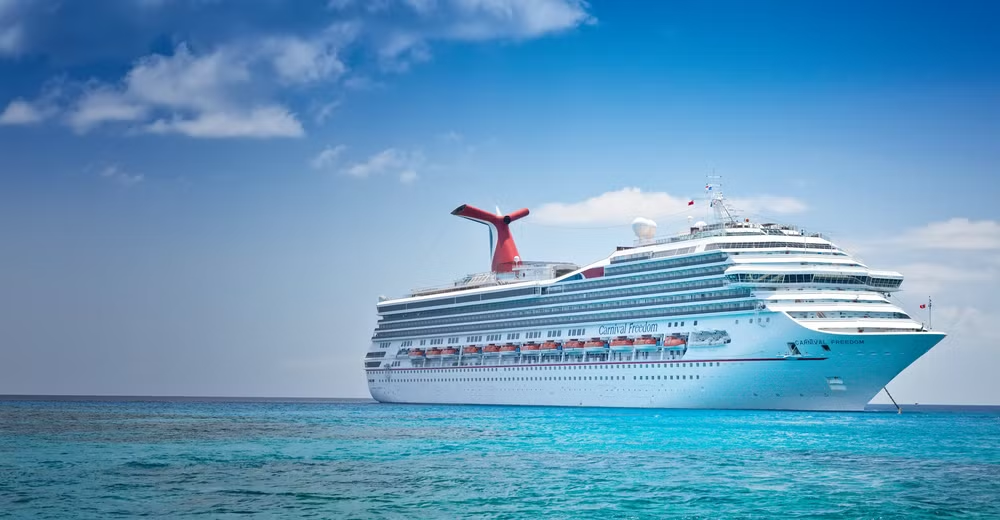
Do you need a passport to go to the Bahamas? Let’s find out

Do you need a passport to go to Mexico? A detailed guide

Do you need a passport to go to Canada? We got the answer

Do You Need a Passport for a Cruise: An Essential Travel Guide

Booster Seat Requirements: All the Rules to Follow in Your Rental Car
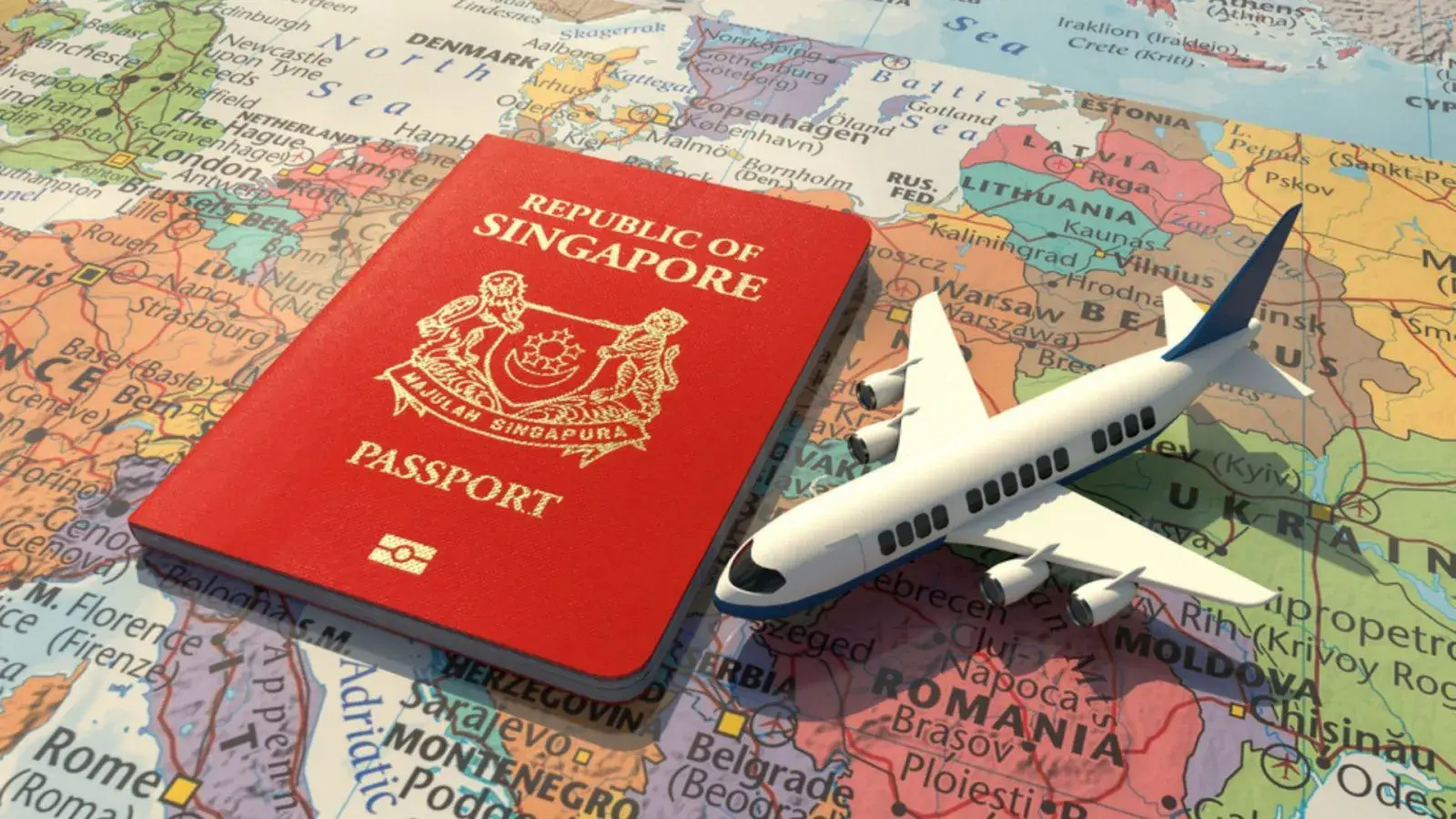
What Are the World’s Most Powerful Passports, and How Does Yours Rank?

How to Take a Passport Photo at Home: A Helpful Guide
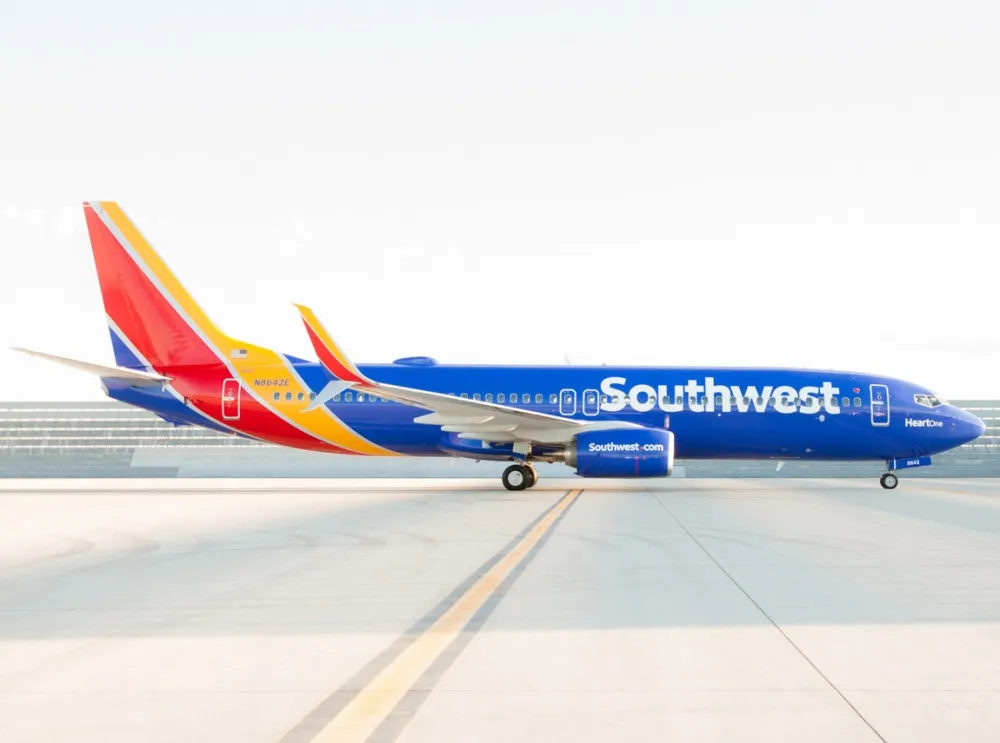
You've got to have heart! Southwest's new livery
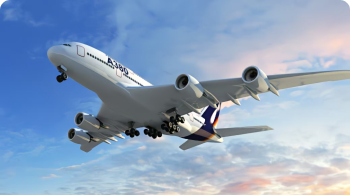
Your opinion: Should water be free on low cost carriers?

Young women bolder than guys as solo travellers
